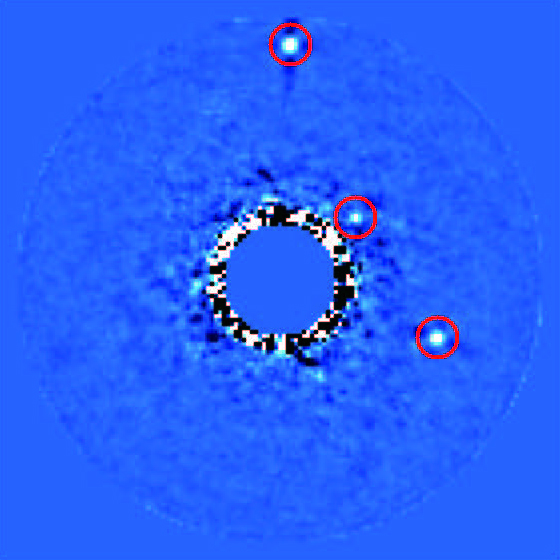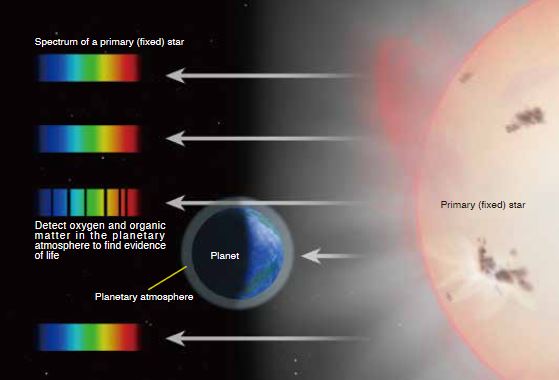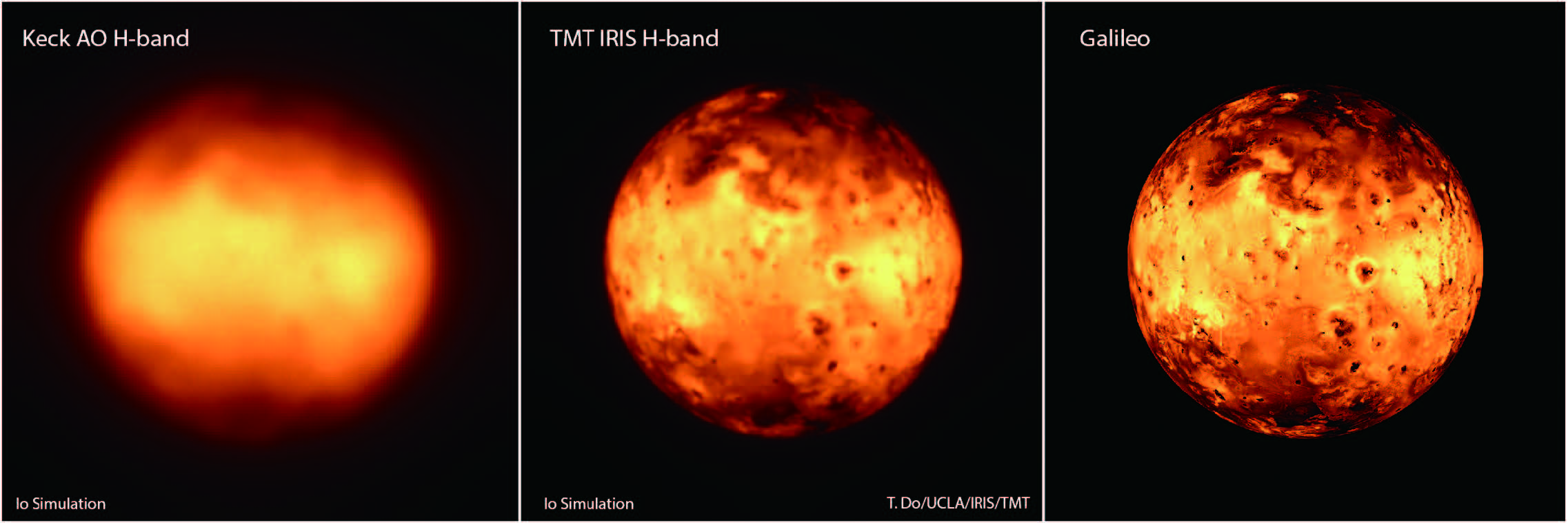Exhibitors' information
National Astronomical Observatory of Japan, TMT Project/ALMA Project
Contents
ALMA projectThirty Meter Telescope
ALMA project
ALMA is one of the world's largest radio telescopes located in Chile, consisting of 66 antennas.
Constructed and operated with international cooperation led
on behalf of Europe by ESO,
on behalf of North America by NRAO,
on behalf of East Asia by NAOJ.
2023 marks the 10th anniversary of its inauguration!
Radio wave observations with ALMA allow us to observe dust and gas which are the material of planets.
Constructed and operated with international cooperation led
on behalf of Europe by ESO,
on behalf of North America by NRAO,
on behalf of East Asia by NAOJ.
2023 marks the 10th anniversary of its inauguration!
Radio wave observations with ALMA allow us to observe dust and gas which are the material of planets.
Thirty Meter Telescope
TMT is an ambitious project with plans to construct on Hawai`i an extremely large telescope with an aperture of 30m with the cooperation of five countries including Japan. The major goals of TMT include search for signatures of life on extrasolar planets and the history of our solar system.
◆TMT Overview
・Aperture:30 meters / 492 segment mirrors
・Wavelength range:0.31-28μm
・Diffraction limit:8miliarcsec (at 1μm)
・Sensitivity:More than 100 times better than conventional telescopes
(when observing a point light source with adaptive optics)
English Brochure (PDF, 2MB)
In Search for Life on Extrasolar Planets
Our Solar System
Science Teams
Maunakea and TMT
In Search for Life on Extrasolar Planets
◆Direct observations of Earth-like planetsMany planetary systems around stars other than our Sun are being discovered today, and we are learning that there exist planets with various sizes and orbits. Recently, planets similar in size as Earth have been discovered, indicating that there are planetary systems much like our own Solar Sytem. Today, infrared observation has advanced to a point of being able to actually capture images of these planets.

Three Jupiter-like planets around HR8799 discovered by the Subaru Telescope (in red circle). TMT will attempt to directly capture even smaller Earth-like planets. (Credit: CHARIS Team of Princeton University, and NAOJ)
◆Are we alone?
Are there extrasolar planets with existence of life? This is a question common to all humanity. TMT aims to discover signs of life on these planets.

TMT will be able to study the composition of the atmosphere of extrasolar planets through spectroscopic observation. Discovery of oxygen molecules and organic substances could be a signature of existence of extra-terrestrial life.
Exoplanets with TMT (TIO website)
Our Solar System
The advent of TMT will enable us to tackle long-standing questions concerning the formation of the solar system, the origin of planetary volatiles, the physics of the ice and gas giants, and the unraveling of the complex dynamical history recorded in the Kuiper belt.
The view of Jupiter's moon Io when observed using adaptive optics. The image on the left is a simulation of a conventional telescope with an aperture of 8 to 10 meters, and the image in the center is a simulation of TMT. The image on the right is the actual image taken by the Galileo spacecraft (Credit: T. Do/UCLA/IRIS)
Our Solar System with TMT (TIO website)
Science Teams
The TMT International Science Development Teams (ISDTs) are groups of researchers who work together to provide scientific guidance and feedback to the TMT project, to stimulate planning for future TMT observing programs, and to build connections between the TMT and the international astronomical communities. The ISDTs foster scientific collaboration across the TMT partnership and beyond, into the broader astronomical community. Prospective applicants are encouraged to contact the conveners to learn more about the ISDTs and their activities.ISDTs (TIO website)
Maunakea and TMT
TMT is planned to be built on Maunakea, Hawai`i. Maunakea is a 4000-m mountain with gently inclined slopes, isolated in the mid-Pacific Ocean from any other land mass, which makes the mountain one of the exceptionally well-endowed sites for astronomical observations in the world. Maunakea is also a sacred place for the people of Hawai`i, connecting them to their k?puna (ancestors) and akua (gods). It represents a symbol of the Hawai`i culture deeply rooted in nature. We are committed to the TMT Project without impeding traditional and customary cultural practices of Hawai`i.-
Address
181-8588
2-21-1 Osawa, Mitaka, Tokyo, JAPAN -
Web site, SNS


